Nature reports
Page 20 of 37 - 361 Results
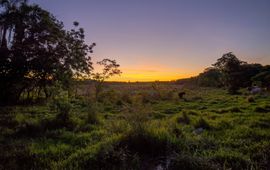
Tropical forests are converted at an alarming rate through deforestation. A new study, published in Science, shows that regrowing tropical forests recover surprisingly fast on abandoned land. ..
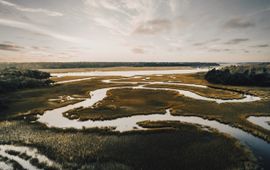
Swamps, marshes, peatlands, floodplains and ponds – more than 90 percent of these European wetlands have been drained for other forms of land use. As a result many species of plants and animals have disappeared, and important..
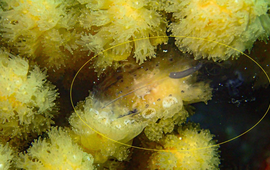
A student at the University of Amsterdam and a staff researcher of Naturalis Biodiversity Center and University of Groningen recently published the first detailed report of hard corals digesting salps in the Caribbean. Three..
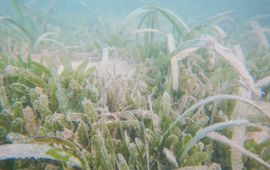
New research from Wageningen University, University of Amsterdam and Florida International University highlighted the role herbivorous fish species play in staving off non-native seagrass invasions. A healthy and diverse fish..
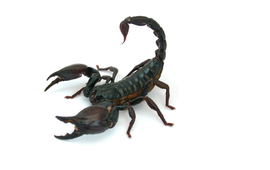
An international team of scientists has found an innovative, animal-friendly way of studying venom genes. The technique makes it possible to determine the unique venom production of a wide range of venomous animals...
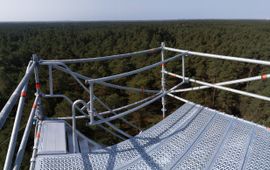
In the Loobos forest near Kootwijk, a huge steel structure was erected to facilitate research on greenhouse gases. It was officially opened on Friday 12 November 2021. Among other things, the CO2 absorption by the surrounding..
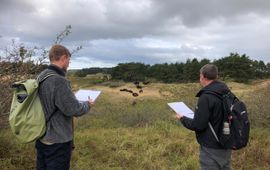
The European bison, the largest living land mammal in Europe, has grazed nature reserves in several European countries for a number of years. Great Britain is the next to introduce this imposing animal, following The Netherlands,..

The beetle on the image above is a European stag beetle and the fruit at the bottom left is a fig - but which species of fish is that? This drawing is one in a series of several hundred drawings made and collected between 1596 and..

Will there ever be a Friesian Elfstedenstocht, or can we forget this? According to international research in Nature Geoscience, the chance is getting smaller. Globally, lakes are warming and ice days will decrease. “This warming..
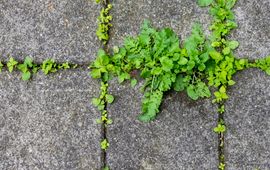
Slowly, urban planners are realizing the importance of plants, micro-organisms and animals in the city soil. In the Netherlands, the city of Amsterdam is leading the way. Their new book BiodiverCITY shows that they mean business...
